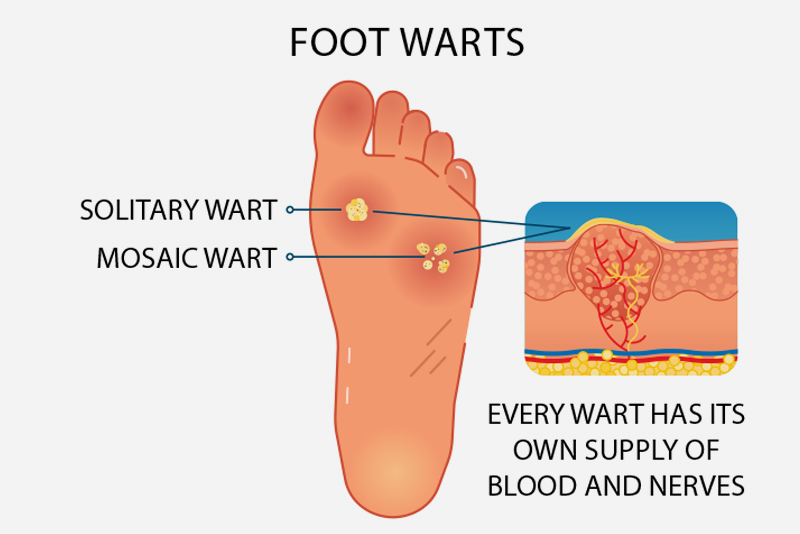There was a time when the only gym option most people talked about was the big chain with the long contract and the identical layout in every city. It was convenient in a very old-fashioned way. You joined because everyone else did. But that model has slowly fallen apart. People don’t want a place where nobody knows them or a room full of machines that feels more like waiting in line than working out. They want something closer to real life. Something that feels familiar, not corporate. That’s where community gyms stepped in and quietly became the new normal.
Why These Gyms Fit Better Than the Big Chains
The shift didn’t happen because someone invented a new barbell. It happened because people realised how different it feels to train in a space that treats them like individuals instead of membership numbers. Smaller gyms don’t come with the blast of fluorescent lighting, endless rows of equipment, or that slightly anonymous feeling you get in a giant chain. They feel contained and intentional, and that makes it easier for people to settle in, even on low-motivation days.
Crowns Gym shows how this works in a modern format. It isn’t a casual neighbourhood gym. It’s a boutique combat and conditioning centre built around structured classes, technique work, and proper coaching. But even with that high-performance setup, the environment feels more personal than the typical big facility. The front-desk staff recognise returning members because people often attend the same sessions each week. Coaches remember faces from previous boxing, Muay Thai, or strength blocks, so you never feel like a stranger walking into a random room.
Those small interactions add up. A quick hello. A nod from someone you trained beside in last week’s padwork. A coach asking how your hips felt after the last conditioning day. It turns the space into something you return to willingly. Not because anyone pressures you, but because the gym feels stable and familiar, a place that acknowledges your presence instead of cycling people through anonymously.
The Pull of Routine and Recognition
What’s interesting is how routine forms almost by accident in a community gym. You show up once or twice, and before you realise it, you’ve slipped into a rhythm. The same people train around you. The same coach gives you a quick nod. You end up in the same corner of the room because it feels comfortable. When you skip a day, you notice the absence, not out of guilt, but because your week feels slightly off without that familiar stop.
Big chains rarely create that feeling. Everything inside them is designed to move people through without friction, which also means without connection. You can spend months in a large commercial gym without anyone learning your name. Staff rotate, members disappear, and the environment feels like it resets every hour. Nothing roots you to the place.
A smaller gym works differently. Even if you’re just stretching quietly in the back, you feel folded into the rhythm of the room. You don’t have to chase a dramatic transformation or train for a marathon. You come back because it fits into your day the same way your usual café or lunch spot does. The familiarity is what keeps you returning, and that sense of belonging becomes part of the experience as much as the workout itself.
How Community Shapes Motivation Without Trying
Something else started happening when neighbourhood gyms grew. People began treating fitness like a shared activity instead of a lonely one, not in the intense “group class bonding” way, but in the simple, everyday way. Someone asks for a spot. Someone else shares a tip. A trainer checks in because they noticed your knee looked stiff last week. It adds up.
The sense of belonging does more to foster consistency than any app or challenge ever has. You feel seen. Not in a dramatic, motivational way, just quietly and humanly. Once that connection happens, it’s tough to go back to a place where you’re just another membership number scanning in.
Why Community Gyms Became the Default
The simplest explanation is this: they fit modern life better. Most people don’t have the energy for a long commute, a complicated workout plan, or a place that feels overwhelming before they even start. They want a space they can get in and out of without mental preparation.
Community gyms deliver that. There is no chasing staff for help. No searching for equipment that’s always taken. No rows of cardio machines waiting for a New Year’s crowd. It’s just a room built for the people who use it, adapted to the way they actually live.

